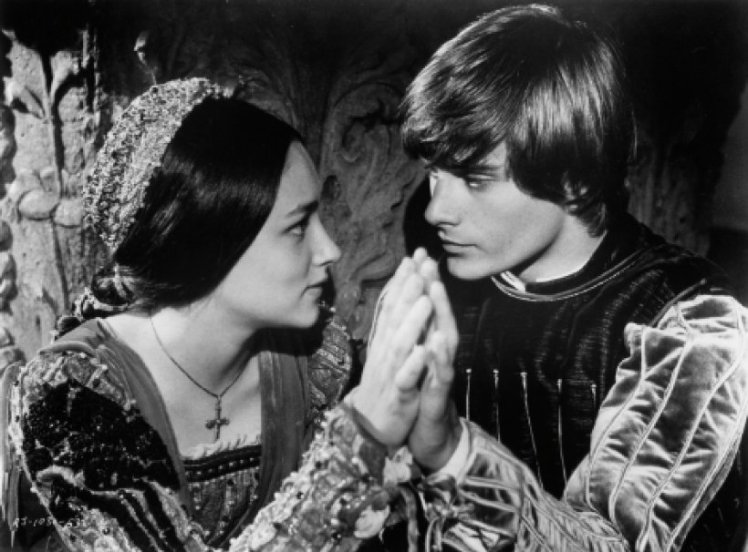 Image courtesy of hdlovewall.com
Image courtesy of hdlovewall.com
By Isabel
What is love you may ask? Love is defined as being ‘An intense feeling of romantic attachment based on an attraction felt by one person for another.’ (Oxford English Dictionary n.d.) This notion of ‘love’ as we currently know it has not always existed the way it is, as it has been consistently reshaped and moulded to evolve throughout the course of history.
The concept of romantic love did not exist till the 18th Century, creating a very distinctive era for the history of love called Romanticism. This ideology stemmed from prolific poets, artists and philosophers, often depicting love as an uncontrollable and addictive act between two infatuated lovers. Radical ideas discussed within Romanticism, included finding ‘the one’, ‘soulmate’, having no ‘secrets’ and that ‘love and sex’ go together between lovers. These ideologies must always in a way be challenged and questioned, in order mould and shape new and perceptions towards love, to suit our more fast paced, tech-mediated world we currently live in today. If we progress to believe in these romantic ideologies, we as individuals can often be left stumped with perceived mundane relationships, that don’t offer that fairy-tale relationship the romantics envisioned and spoke about. It is for that reason why I found Alain de Botton’s discussion called ‘Alain de Botton on Love’ so liberating, as it challenged many of these Romantic norms, discussing how flawed and unreasonable they really are.
In modern context the notion of ‘love’ is still permeated through society. This journey of love is changing rapid than ever, dating back to the radical social changes of the 1960s. People would once look to finding a partner within their neighbourhood or perhaps someone within their church group. Often this was a stance to gain independence from parents and marring someone locally at usually very young ages. ‘The average age for a woman to tie the knot there in the 1950s and early 60s was a little over 20.’(Kerley 2016) Nowadays, people are getting married later in life, for example in Australia the median age for marriage is 31.5 years for males and 29.6 years for females (Australian Bureau of Statistics 2015). Not to mention the commonality of divorce within the 21st century, where as little as 1 in 3 marriages end in divorce and up to 1 in 5 will marry more than once (Madden 2015).
With the revolution of technology, there has no doubt been a shift in social values with more tech-based interactions, including online dating systems decreasing the amount of face-to-face engagement when first dating. According to Online Dating Association’s September 2015 report, ‘It says the UK’s online dating market – valued at £165m in 2013 – is predicted to grow to £225m by 2019’.(Kerley 2016) This highlights the magnitude and extent these digital dating systems have an impact on global economics and are increasingly shifting societal relationship values.
In addition there has been a wider acceptance of same sex coupling and shift to legalise gay marriage, pushing the social norms of was once perceived as unnatural. History was made on June 27th 2016, where the legalisation of gay marriage across America was announced, where President Obama claimed it as a “victory for America” (News Corp Australia 2015).
These significant social changes within modern society have definitely impacted the way we view and perceive love, as well as how we interact with one another in a modernist way. Are we heading in the right direction? Who knows? Love is the ultimate paradox.
References:
Kerley, P. 2016, ‘The graphs that show the search for love has changed’, BBC, viewed 24 August 2016, <http://www.bbc.com/news/magazine-35535424 >.
Madden, C. 2015, ‘Marriages and weddings in Australia’, Mccrindle, viewed 27 August 2016, <http://mccrindle.com.au/the-mccrindle-blog/marriages-in-australia>.
Author unknown. 2015, ‘US Supreme Court votes to allow gay marriage across the United States’, News Corp Australia, viewed 27 August 2016, <http://www.news.com.au/lifestyle/relationships/us-supreme-court-votes-to-allow-gay-marriage-across-the-us/news-story/4f33ea2fa4cf6405bac1884e7eb10008 >.
Australian Bureau of Statistics 2015, Marriages and Divorces Australia 2014, viewed 27 August 2016, <http://www.abs.gov.au/ausstats/abs@.nsf/mf/3310.0>.
Oxford English Dictionary n.d., Love, viewed 24 August 2016, <http://www.oed.com/view/Entry/110566?rskey=ijQ1RL&result=1#eid >.
The School of Life 2016, Alain de Botton on Love, videorecording, Youtube, viewed 5 August 2016, <https://www.youtube.com/watch?v=jJ6K_f7oSdg >.
Romantic love between Romeo and Juliet, HD love wall, n.d, viewed 27 August 2016, <https://www.apptentive.com/blog/2015/02/13/what-tinder-can-teach-us-about-app-engagement/ >.